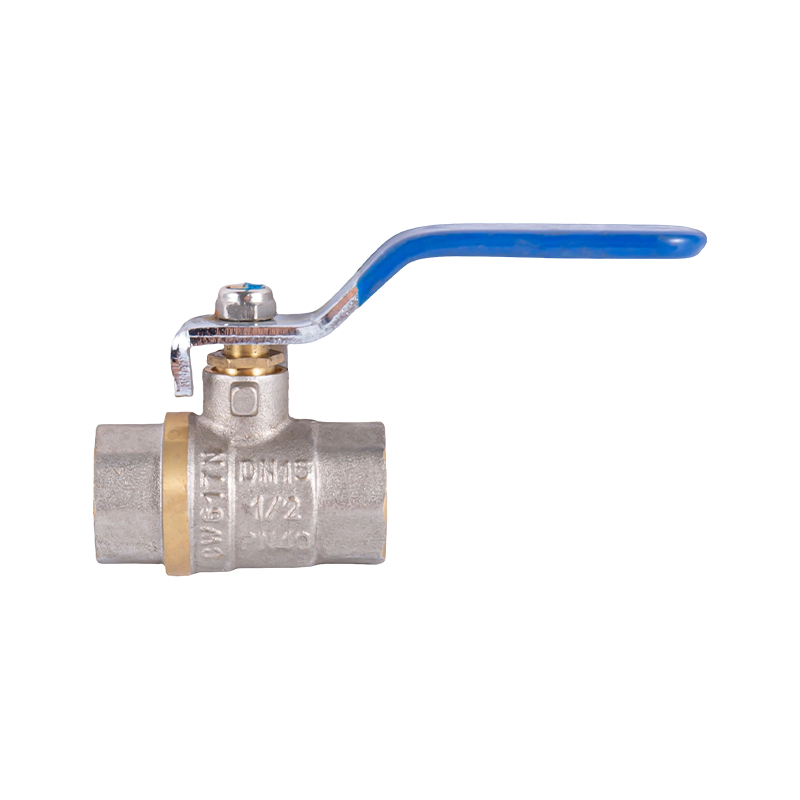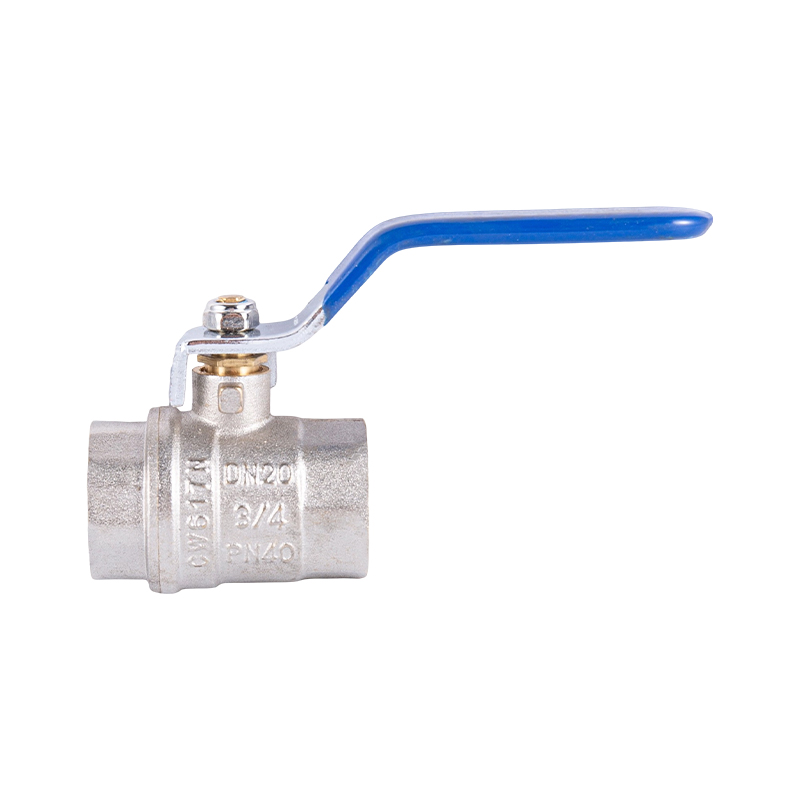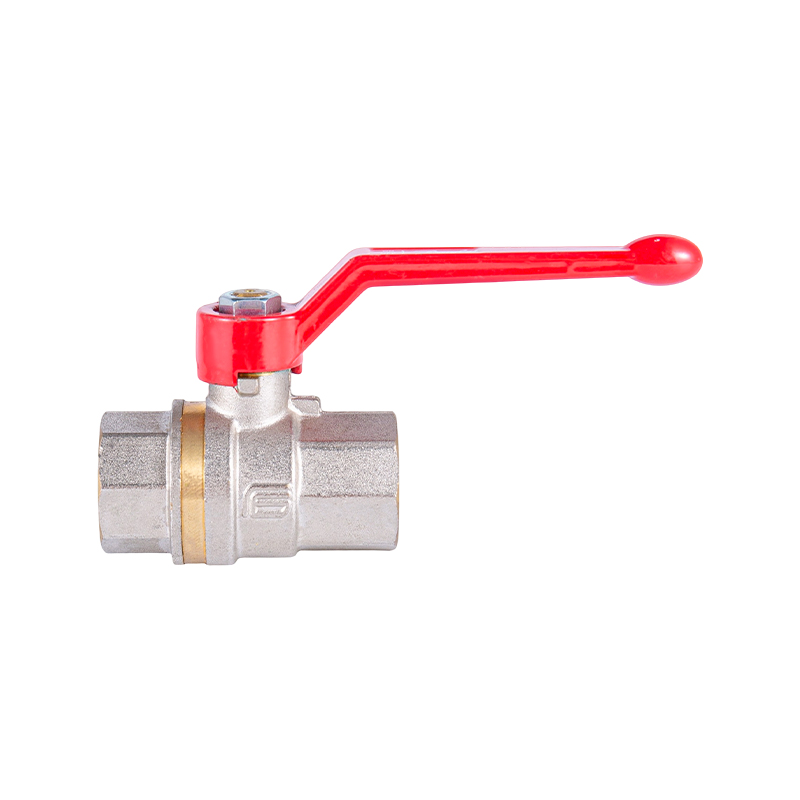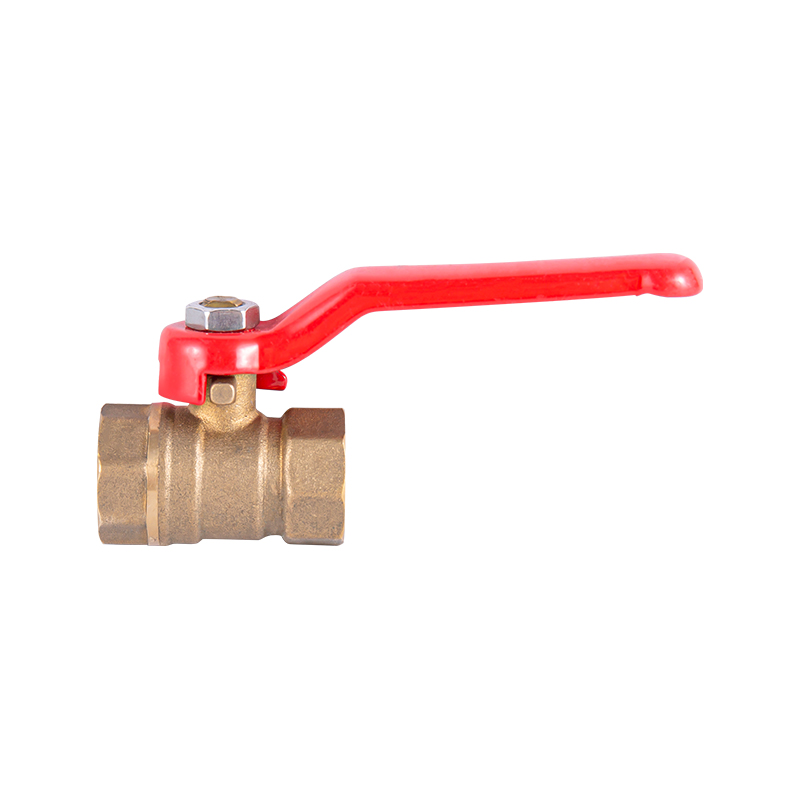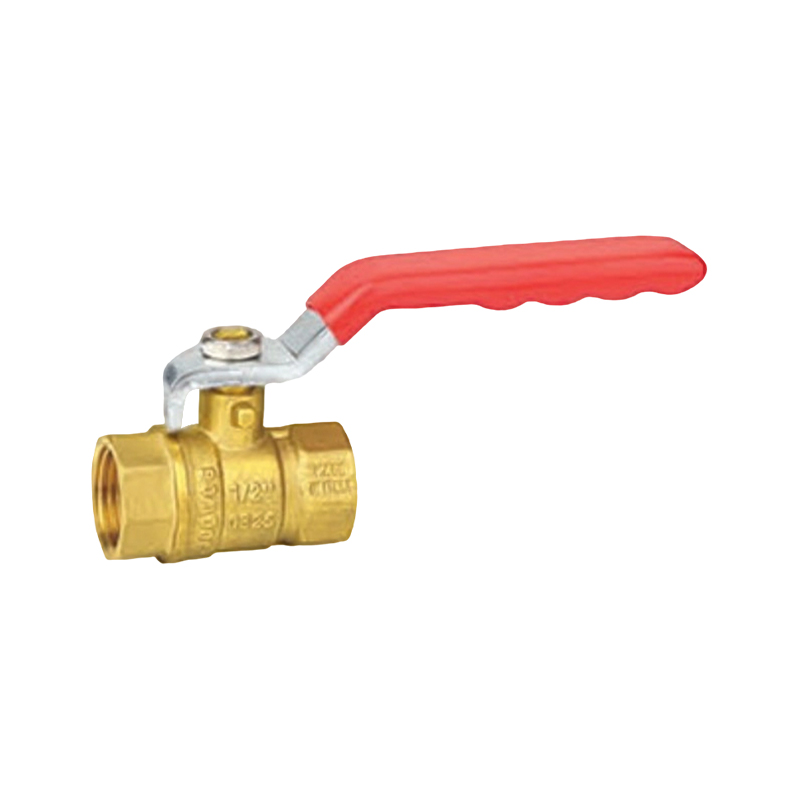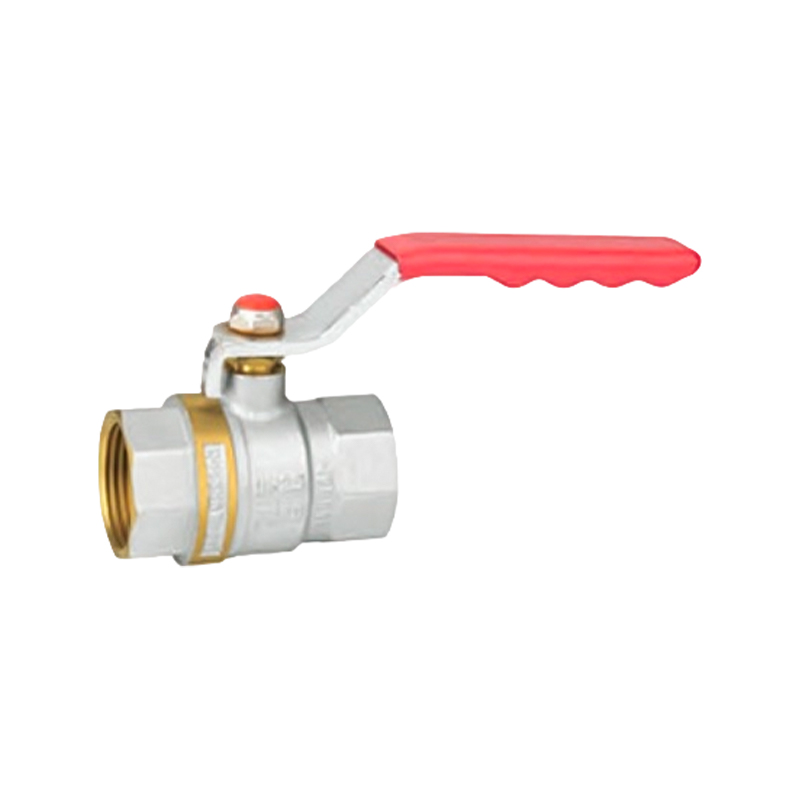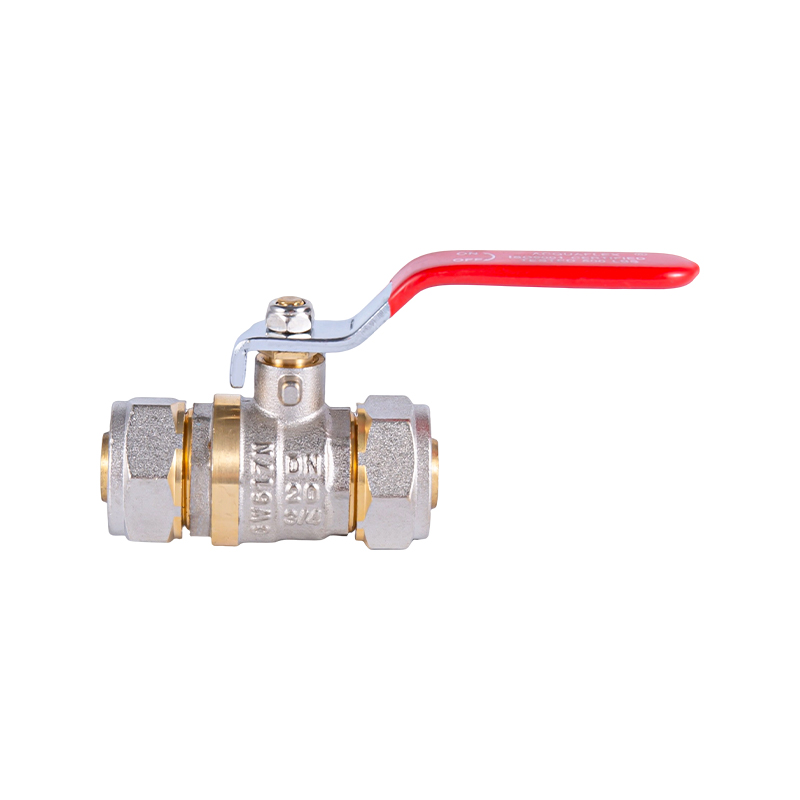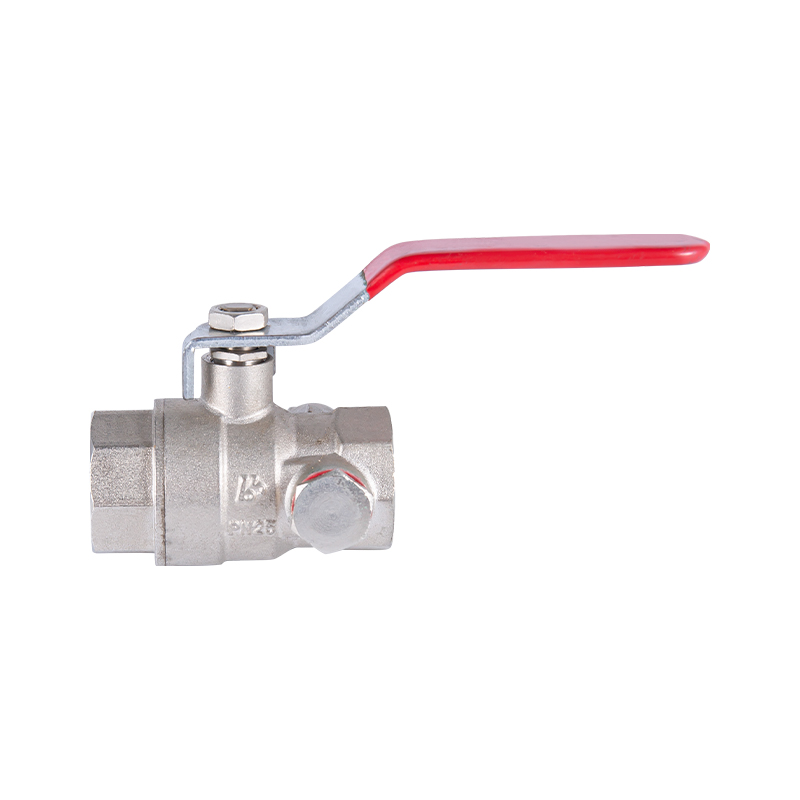The Unseen Heroes: Why Mini Valves Are Essential for Modern HVAC and Plumbing Systems?
Behind the walls of homes and commercial buildings, Mini Valves work tirelessly to ensure efficient fluid control in HVAC and plumbing networks. Their compact size and reliability make them ideal for space-constrained installations, while their durability guarantees long-term performance. As modern construction trends toward higher density and smarter building management, the role of these compact components becomes increasingly vital. This article sheds light on how these unsung heroes contribute to comfort, safety, and efficiency in everyday environments, supporting everything from basic residential plumbing to complex commercial climate control systems.
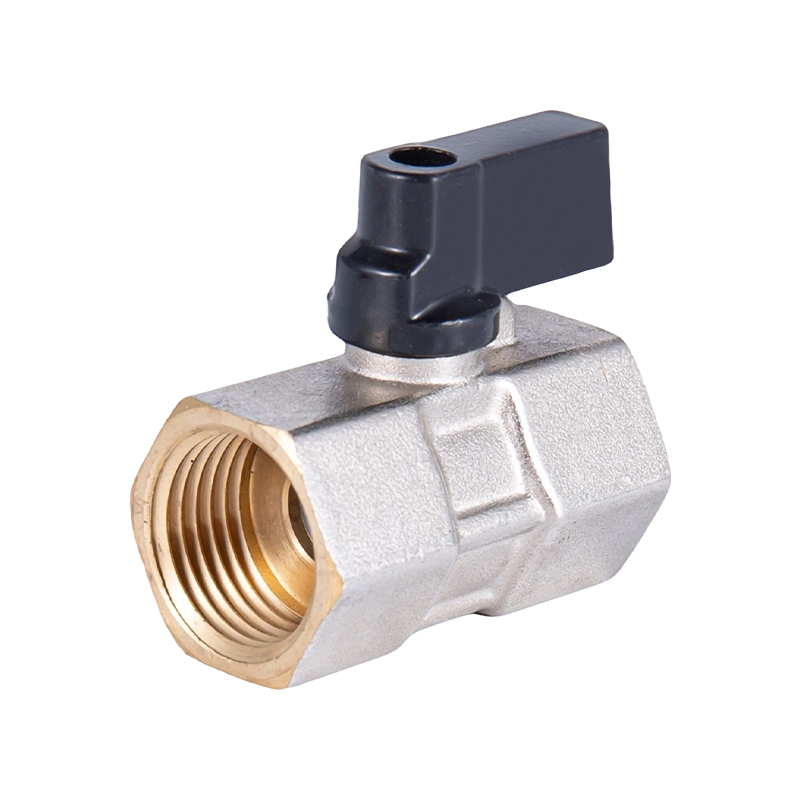
Optimizing Space in Complex Systems
Mini Valves address spatial challenges in modern building infrastructure, where ductwork, electrical conduits, and pipes compete for limited room. Their reduced dimensions allow installers to integrate them into tight corners or modular units without sacrificing accessibility. This advantage is particularly valuable in high-density urban constructions, where every inch of space matters. The compact design also enables more flexible system layouts, allowing engineers to create efficient piping configurations that would be impossible with larger conventional valves. In retrofit situations where space is especially constrained, Mini Valves provide a practical solution for system upgrades without requiring extensive structural modifications.
Enhancing Energy Efficiency
In HVAC systems, Mini Valves regulate coolant flow with precision, minimizing energy waste. Their quick-response design (e.g., quarter-turn operation) ensures rapid adjustments to temperature changes, improving overall system responsiveness. By reducing leakage risks, they also prevent energy losses associated with fluid escapes, contributing to lower operational costs. The precise control offered by these valves allows building management systems to maintain good temperature settings with minimal energy expenditure. This precision is particularly valuable in modern variable flow systems, where Mini Valves help balance hydraulic circuits and ensure even temperature distribution throughout buildings.
Durability in Demanding Conditions
Plumbing and HVAC applications expose valves to constant use, temperature fluctuations, and potential corrosion. Brass Mini Valves resist degradation from water, salts, and chemicals, ensuring longevity even in harsh conditions. Features like chrome plating further enhance surface protection, reducing maintenance needs over decades of service. The robust construction of these valves enables them to withstand pressure variations and water hammer effects that commonly occur in building systems. This reliability is crucial in applications where valve failure could advance to significant water damage or system downtime, making Mini Valves a trusted choice for critical shut-off applications.
Ease of Installation and Upgrades
The standardized threading (ISO228) on Mini Valves simplifies compatibility with existing pipes and fittings. For retrofit projects, their lightweight design facilitates quick swaps without major modifications to infrastructure. This plug-and-play approach saves time and labor costs, encouraging widespread adoption in renovation markets. The simple installation process requires minimal specialized tools or training, making Mini Valves accessible to technicians across skill levels. Additionally, their modular design allows for easy integration with various actuator types when automated control is required, providing flexibility for future system expansions or modifications.
Future-Proofing with Smart Features
As buildings become smarter, Mini Valves are evolving to include IoT connectivity. Sensors can monitor flow rates or detect anomalies, alerting users to issues before they escalate. Such innovations align with trends in predictive maintenance, positioning Mini Valves as key enablers of next-generation intelligent buildings. The compact size of these valves makes them ideal for integration with smart building systems where space is at a premium. Future developments may include self-regulating Mini Valves that automatically adjust flow based on real-time building occupancy data, further enhancing energy efficiency and system performance while reducing manual intervention requirements.
-
Feedback


 English
English 中文简体
中文简体 русский
русский Email us now!
Email us now!
